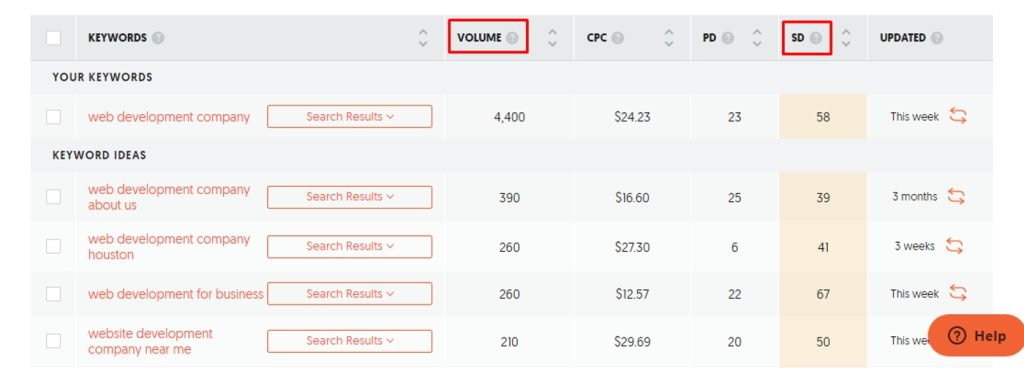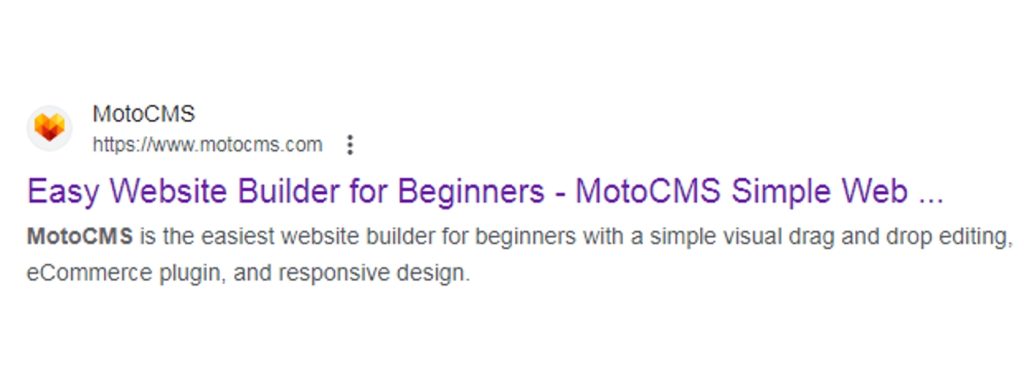Decoding SEO Jargon: What Your SEO Audit Really Says About Your Site
SEO audits can feel like lots of technical mumbo jumbo. But really, it’s just a check-up to see what shape your website is in when it comes to search engines. The audit dives under the hood to inspect things like: Is your website content useful to real people? Can search engines easily crawl and index your pages? How quickly does your site load?
While the details might sound confusing, the audit is basically a website mechanic giving advice. It spots any flaky issues that could stall out your search ranking potential. Then, it highlights areas to tweak and improve so the website performs smoothly.

This article will look at some of the terms and what they really say about your site so you can learn how to implement the necessary changes for better SEO.
Keyword Optimization
Keyword optimization is one of the most common terms in an SEO audit as it indicates how well your content is optimized for search engines and user search intent. It involves identifying and incorporating relevant phrases in your content so users can find your site when they search for those specific or related terms.
But keyword optimization isn’t about stuffing too many keywords in your content. Instead, it’s a balance between relevance, user experience, and search engine algorithms. Looking at the service they offer can help identify any problems and opportunities regarding keywords on your site.

For example, there might be a lack of variety in your keywords, which means that your site fails to attract a broader audience, or there may be opportunities to incorporate related keywords and synonyms, enhancing the ability to rank on various search phrases.
Additionally, SEO audits can reveal the absence of strategically placed keywords in critical parts of your website, like meta tags, headings, and the first 100 words of your content. Understanding these aspects in your audit can help demystify why some pages rank higher than others.
On-page vs Off-Page SEO
On-page SEO includes tactics that are applied directly to the website to improve its ranking. This includes keyword presence, mobile responsiveness, URL structure, internal linking, and the use of meta tags and descriptions. An SEO audit on your on-page structure checks on different elements and how they could affect your ranking.
An audit report may have different terms like ‘meta optimization,’ ‘keyword utilization,’ or ‘page load times.’ These factors are directly controlled by the website owner, and improvements in these areas can lead to significant gains in search visibility and user experience.
Off-page SEO strategies happen outside the website and include tactics such as guest blogging, backlinks, and social media marketing. While off-page SEO can be challenging to achieve as it depends on external sources, there are some crucial changes that will impact your ranking.
For example, getting backlinks from a high authority site instead of spamming your site with low-quality backlinks can improve confidence in your site. A study in 2023 showed that 50% of qualified sites without at least one backlink failed to reach the first page of search engines. This shows why you should take proactive measures after an SEO audit.
Mobile Optimization
Mobile optimization is a game-changer in the SEO world with millions of people using phones and devices to browse the internet. In the last quarter of 2022, mobile phones accounted for over 58% of website traffic. This means that your website needs to be responsive on phones to make it user friendly and easy for search engines to rank.
Additionally, this makes mobile optimization a jargon that you should be keen on when checking your SEO audit. It will assess how a website performs on different devices by testing responsiveness, loading speed, and the ease of navigation on a smaller screen. A higher score on mobile optimization means that the website is user-friendly on mobile devices which is crucial considering the percentage of traffic coming from them.
However, if your mobile optimization score is low, then it means you’re losing too much traffic by not tapping on mobile phones. Remember, over 74% of website users will return to a website that’s responsive to mobile phones. As such, implement mobile-friendly practices that can improve your SEO. Search engines use these metrics and features to rank your website. For example, Google’s Mobile-First Indexing policy means that the mobile version of a website is primarily used for indexing and ranking.
Meta Tags and Descriptions
Meta tags and descriptions are snippets that provide more information about a website or a page. They don’t appear on the page itself but in the page’s code and in search engine results. These elements are checked in an SEO audit as they’re important in indexing your site and increasing click-through rates.

Meta tags include the title tag, which is the first thing a user sees in search engine results, and it should accurately reflect the content of the page while containing key search terms. Meta descriptions provide a summary of the page content. Although these features don’t affect your ranking directly, they’re important in providing context about the page. Well-crafted meta tags and descriptions with the relevant keywords can improve the visibility of a page and increase organic traffic.
During the audit, assessors will look at factors such as missing tags, duplicates, tag lengths, and tags that don’t effectively incorporate targeted keywords. The audit might also suggest improvements, like creating more compelling descriptions or tweaking the title tags to better target the desired audience.
PageRank
PageRank is an algorithm used by Google to rank websites based on their importance. It uses links that point back to the website as votes of confidence to the site. The more links a page receives from other high authority pages, the more important it is deemed by Google.
In an SEO audit, PageRank is evaluated to understand how search engines perceive websites. A higher rank indicates that the website has a network of quality backlinks, hence, worth ranking higher on search engine results pages.
Essentially, PageRank is an indicator of your link profile health. If you’re connected with high profile backlinks, it’s a good indication of good SEO practices. You can always use PageRank as a starting point to dive deeper into link-building strategies, assessing the quality and relevance of inbound links.
Conclusion

An SEO audit provides insights into the overall health of a website. It’s true, all the technical jargon in audit reports can seem daunting at first glance. But really, taking the time to understand those terms pays off. An audit gives you a clear roadmap, pointing out exactly which parts of your website need a tune-up. With that checklist in hand, you’ll find it’s much easier to home in on problem spots and unlock simple fixes that get your site noticed.




Leave a Reply